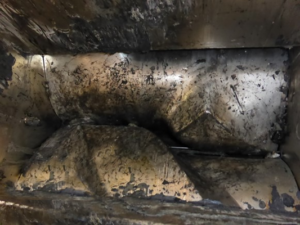Simultaneous Effects of Mixing Parameters on Internal Mixing of Rubber and Carbon Black Using Response Surface Methodology
by Jirawat Narongthong and Chakrit Sirisinha, Mahidol University, and Pongdhorn Sae-oui, National Science and Technology Development Agency, Thailand
To achieve good mixing of rubber compounds using an internal mixer, all the mixing parameters (e.g., fill factor, ram pressure, rotor speed, mixing temperature and mixing time) have to be adjusted. Each mixing parameter has its own and different effects on the mixing behavior and quality of mixing. Furthermore, these mixing parameters may exhibit interaction, i.e., the influence of one parameter on the resulting property changes when the levels of other parameters are changed. Also, in the case of responses involving non-linearity, one parameter might show the different optimum points when operating the mixing process with different levels of other parameters. Therefore, an understanding of all the effects of these mixing parameters and their relative importance in controlling mixing of rubber and filler are desirable if an optimum mixing condition is to be achieved. In practice, studying all the effects of every mixing parameter one at a time would require an excessive number of experiments. Besides, identification of the more significant parameter will also be difficult. In order to investigate all the effects of the processing parameters on the mixing properties without having to do a number of experiments, the statistical tool, called response surface methodology (RSM), has been used. This technique has the capability to evaluate all the effects of the parameters on the responses, which include linear, non-linear and interaction effects. Simultaneous Effects of Mixing Parameters on Internal Mixing of Rubber and Carbon Black Using Response Surface Methodology.

